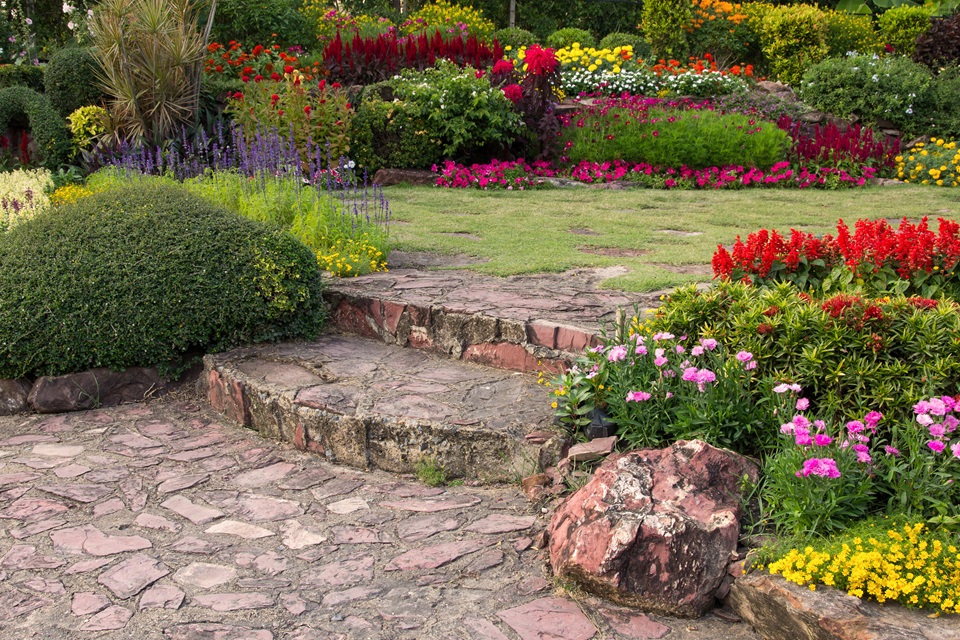Choosing the right boulder for your garden design is a crucial step in creating a landscape that is both visually striking and harmonious with its surroundings. Boulders serve as focal points, structural elements, and natural accents—adding texture, dimension, and character to outdoor spaces. Here are some factors to consider when selecting the perfect boulder for your garden design.
Table of Contents
Size & Scale
The size of the boulder should complement the scale of your garden and the surrounding landscape. Consider the overall dimensions of your outdoor space, as well as the size of existing elements such as plants, trees, and structures. Large boulders can make a bold statement in spacious gardens, while smaller ones may be more suitable for compact or intimate settings.
Shape & Form
Boulders come in a variety of shapes and forms, each with its own unique character and aesthetic appeal. Consider the natural contours and textures of the boulder, as well as any interesting features such as cracks, crevices, or veining.
When looking for landscaping boulders in Atlanta, for example, choose boulders with sculptural qualities that complement the overall design theme of your garden and evoke a sense of natural beauty and authenticity.
Color & Texture
Pay attention to the color and texture of the boulder, as these characteristics can have a significant impact on the visual impact of your garden. Select boulders that harmonize with the surrounding landscape and existing hardscape materials such as paving stones, bricks, or concrete. Consider the interplay of light and shadow on the surface of the boulder, as well as how it will change throughout the day and across different seasons.
Placement & Positioning
The placement of the boulder within your garden is key to creating a sense of balance and harmony in the landscape. Consider how the boulder will interact with other elements such as plants, pathways, and structures, as well as how it will be viewed from different vantage points. Experiment with different positioning options to find the optimal placement that maximizes the visual impact of the boulder while enhancing the overall composition of the garden.
Geological Considerations
Take into account the geological characteristics of the boulder, including its mineral composition, density, and durability. Choose boulders that are resistant to weathering and erosion, especially if they will be exposed to harsh environmental conditions such as extreme temperatures or heavy rainfall. For further reassurance, consider consulting with a geologist or landscaping professional to ensure that the boulder is suitable for your garden’s specific requirements and conditions.
Transportation & Installation
Before purchasing a boulder, consider how it will be transported and installed in your garden. Boulders can be heavy and difficult to maneuver, so it’s essential to plan ahead and ensure that you have the necessary equipment and expertise to handle the installation process safely and efficiently.
Consider hiring a professional landscaping contractor or equipment rental service to assist with the transportation and placement of the boulder, especially if it is large or cumbersome.
Long-Term Maintenance
Finally, consider the long-term maintenance requirements of the boulder and how it will fit into your garden care routine. While boulders are generally low-maintenance, they may require occasional cleaning or repositioning to maintain their appearance and integrity. Consider applying a protective sealant or coating to the surface of the boulder to enhance its durability and weather resistance over time.
By carefully considering these factors, you can select the perfect boulder for your garden design, creating a landscape that is both visually stunning and harmonious with its natural surroundings. Whether used as a focal point, a structural element, or a decorative accent, boulders have the power to transform outdoor spaces and elevate the beauty of your garden for years to come.



